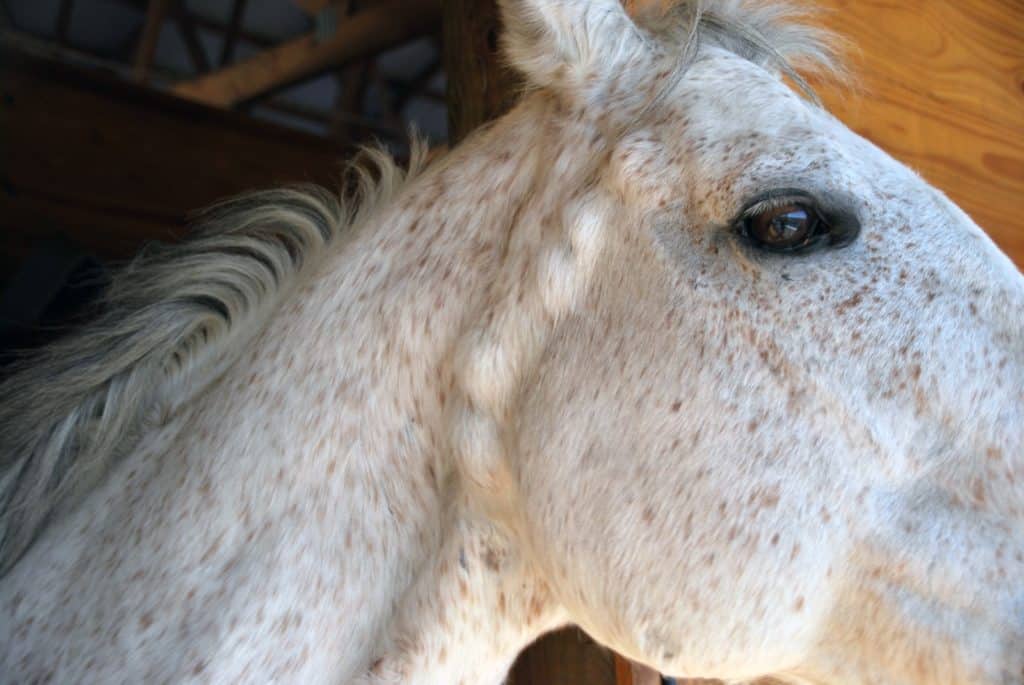
Diagnostic Biomarkers for Late-Term Pregnancy Loss
Researchers are exploring whether various diagnostic biomarkers could help assess fetoplacental well-being in mares.

Researchers are exploring whether various diagnostic biomarkers could help assess fetoplacental well-being in mares.

Researchers observed a decrease in the fecal microbial diversity in EMS horses compared to metabolically normal horses.

Hysteroscopy involves running a flexible endoscope through the uterus to check for abnormalities.

Factors such as constant individual stabling and restricted feeding can make horses less optimistic, researchers found.

Researchers could not identify a positive relationship between inflammation and obesity or insulin resistance in horses.

Penn Vet researchers tested more efficient ways to identify blood compatibility and type prior to transfusions.

Researchers are studying underlying genetic factors that lead some horses to develop heaves while others don’t.

The standing procedure involves temporarily inserting tubing from the horse’s tear duct into the sinus cavity.

Researchers hope to reduce the risk of racehorse fatalities on the track.

Researchers found that AFP could be a useful biomarker to help assess neonatal health soon after birth.

Suspect a biofilm or latent infection if bacterial endometritis is treated appropriately, but the infection persists.

Anti-Mullerian hormone is a reliable marker for cryptorchidism, granulosa-cell tumors, and, possibly, mare fertility.

Scientists say molecular changes to an in-joint protein layer called lubricin could indicate osteoarthritis development.

Betulinic acid could become a safe and effective treatment for melanoma in horses, researchers said.

EMS did not appear to significantly impact horses’ humoral responses compared to age-matched controls, researchers said.

Researchers studied a group of related Exmoor ponies to find the chromosomes that could carry IBH-related genes.
Stay on top of the most recent Horse Health news with
"*" indicates required fields